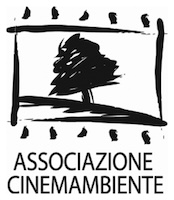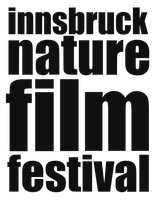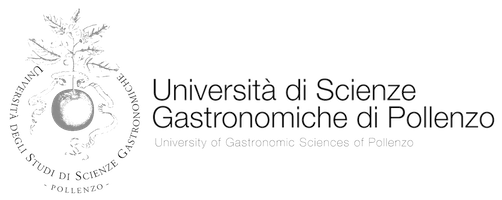Das blaue Licht
Directed by
In a village in the Dolomites lives Junta, a mysterious girl, a beggar whom everyone despises, a wild girl who has no one, haunted by the lust of men and the hatred of women. Her angry gaze is feared like the blue light that shines through the mountain rocks on full moon nights. The peasants believe her to be a witch and hold her responsible for the deaths of the young men who fall from the mountain walls, as she is the only one who manages to climb towards the blue light on every full moon night. Vigo, a young German painter arrives in this idyllic village. He laughs at the superstitions of the peasants. But during the night (there is a full moon) again a young man falls down the mountain and in the morning the peasants want to stone the witch, whom they again find guilty. The painter confronts the pursuers and Junta flees up the mountain to his little friend, the shepherd Guzzi. Vigo captivated by Junta follows his trail. He now lives with the two ‘children of the mountain’ up in the hut, increasingly attached to the girl who treats him with boyish, trusting gratitude. Down in the village Tonio tries to forget Junta with whom he is in love.
On the second night of the full moon, Vigo is agitated, no longer able to stay in the hut, infected by superstition; he stares into the blue light shining from Monte Cristallo and he suddenly sees the ominous figure of Junta climbing the impassable rock face. Driven by fear and love, he follows her. Tonio is also climbing, but he does not see Junta, does not find the only viable route and falls. Vigo, on the other hand, arrives at a cave full of crystals that, illuminated by moonlight, sends out rays of blue light. There sits Junta the supposed witch, as if kidnapped, subjugated by the blue light, her eyes fixed on the sparkling crystals.
The next day Vigo decides to tell the peasants the secret of the blue light, which has claimed too many victims and is a danger to the village and Junta, and, moreover, the crystal treasure could be a fortune for everyone. He shows the way to the peasants. Junta agitated and with an anguished feeling climbs the mountain and discovers the plundered cave. Her treasure, her dream, her happiness are destroyed. The next morning Vigo happily climbs up to Junta but finds her dead under the crystal cave.
«...I did not have enough money to work in the studio and was forced to shoot in natural environments. To achieve the desired atmosphere I had to stylise the images, as I could not stylise the sets. I had to calculate the shadows, the lighting. The framing, so as to achieve something special, something that could become legendary. If I had to deal with a realist subject, I would have used realist photography, as I later did in my other films, but in any case I was too young for that at the time, I was at the age when one tends towards the romantic. The style I adopted for the film was perhaps one of the reasons for its appeal, but its great success was undoubtedly also due to the fact that, by spontaneously expressing my feelings, I had unconsciously touched a sensitive point in the audience. By making such a romantic film instinctively, without knowing exactly where I was going, I had ended up representing the path I would later have to tread myself. In fact, in a way, I had prefigured my own destiny and given it a shape. Only later did I realise that all my films, be it Triumph of the Will, Olympia or Tiefland there is always let's say... purity. Junta was a virgin, innocent girl who recoiled in fear at the mere contact of the real, of matter, of sex...» (Leni Riefenstahl, from an interview with ‘Cahiers du Cinéma’, September 1965)
«...in my first film, Das blaue Licht, I tried to photograph nature without the help of stylised sets, so that the film had, from the first to the last shot, right down to the people in it, a fairy-tale, unreal, stylised effect. And I have succeeded ever since. My rock faces appear different from those in mountain films, despite the fact that they are the same rocks. In my film the meadows and the forests, the moon and the sun, everything was different. unreal, a different world...» (Leni Riefenstahl from ‘Film Culture’, 1973)







